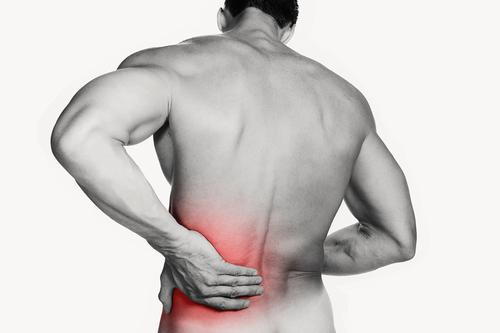
Did you know that according to Physio-Pedia.com that lower back facet joint pain is the most common source of lower back pain in 15-45% of those with chronic lower back pain, and that some researchers have argued that it may be responsible for 80% of all mechanical lower back pain.
Even more shocking is that even though it is thought to be one of the most common causes of lower back pain most doctors miss the diagnosis. According to Physio-Pedia.com the reasons for the alarming frequency of misdiagnosis is a) it often resembles other types of lower back pain, and b) conventional medical examinations do not include tests specific for lumbar facet syndrome.
The facet joints are on the back part of the spine and provide stability by limiting the amount of motion such as bending and twisting. They are sealed with a membrane that looks like plastic wrap and when they become inflamed the membrane swells and has a characteristic referral pattern. According to the book Pain Management this referral pattern is called scelerotogenous in that it is referring to the sclerotomes. When you were a ball of cells in your mother’s womb that ball of cells had 3 different layers of cells called sclerotomes. One of those layers became skin,nerves, muscles, and bones, and it is this layer that is responsible for this type of pain. So the membranes of the facet joints are related embryologically to the area of the body where the pain is felt. Not many doctors are familiar with this type of pain. For example in the lower back, facet syndrome has a sclerotogenous referral that goes around the hip to the groin and sometimes down the front of the thigh. In men it can radiate to the testicles and women into the labia. Most doctors are looking for nerve pain like sciatica which goes down the back of the leg but there are not major nerves that go in the sclerotogenous pattern.
Pain with bending backwards is another common finding with lumbar facet syndrome, whereas bending your head backwards increases the pain when you have facet syndrome in your neck. The sclerotogenous referral pattern for neck facet syndrome is pain in the upper back, which leads doctors and patients alike to think the problem is in the upper back. That is because a pinched nerve in the neck radiates into the shoulder and down the arm rather than the upper back.
If you suspect you may have facet syndrome, and according to Physio-Pedia.com you probably do, you need to find a doctor familiar with the condition and knows how to diagnosis the problem. Conservative treatment usually takes care of the problem. In my 26 years of experience very few cases have had to be referred for facet injections.
Examples of conservative care;
1. Exercise, typically these patients need to strengthen their abdominal area and improve their posture. Merely strengthening the lower back often makes the problem worse. Stretching to lengthen the lower back muscles is crucial to any strengthening program.
2. Therapies like ultrasound, electric muscle stimulation, and infrared light can help with the pain levels and inflammation to ease discomfort.
3. Manipulation, these joints are not moving properly and become inflamed because of the faulty biomechanics, so improving the movement in these joints addresses the cause of the pain. Conservative treatment without manipulation will lead to short term relief at best. For more information you can download my free e-book The Five Most Effective Ways to Treat Chronic Lower Back Pain by clicking here.
So if you or someone you know is suffering from chronic neck or lower back pain with, get them to someone that knows how to diagnose and treat facet syndrome. Chiropractic is the best option of conservative treatment of neck or lower back facet syndrome. Click here for a free consultation to see if we can help you.
